#avalokitesvara
Explore tagged Tumblr posts
Text

目を閉じてね just close your eyes.
49 notes
·
View notes
Text

A monk performing the Grand Ceremony for Warding Off Misfortune in Spring (春季厄除大会式) before the large sculpted image of Eleven-Faced Kannon Bodhisattva (十一面観音菩薩) at Kinchōkokuji Temple (近長谷寺) in Taki, Mie Prefecture on February 18, 2025
#japanese religion#三重県#mie prefecture#多気町#taki#近長谷寺#kinchokokuji#十一面観音菩薩#十一面観音#juichimen kannon#観音菩薩#観音#kannon#avalokitesvara#真言宗#shingon
32 notes
·
View notes
Text

However much fighting there is in the world, however much darkness there is, we must be able to serve as small lamps in that darkness. ~ 17th Karmapa
73 notes
·
View notes
Text

Yab-Yum
Yab-yum represents the ideals of tantric sexual practice as a posture for making love. It weaves the transcendent and the immanent together by combining verticality with a deep sense of closeness.
Yab-Yum: Symbol of Divine Union
Yab-Yum is the symbol of divine union. It is the posture in which man and women are united between Heaven and Earth: a classic meditation posture. In many lovemaking postures one of the couple is underneath the other, but in Yab-Yum, both partners are equally upright.
"Yab-Yum" is a Tibetan term meaning "father-mother".
In Tibetan Tantra it is about the union of Compassion and Truth/ Wisdom. In Indian Tantra it is about the masculine as a passive meditator with the feminine as a dancing shakti in his lap... pure awareness meeting pure energy. On a metaphysical level, Yab-Yum represents the union of dualistic forms in order to attain transcendence.
In other words, when we bring apparent opposites together in love we can enter a state beyond normal consciousness: a state of oneness or unity consciousness. A remembrance of who we are beyond name and form...
This is the ultimate goal of Tantra.
#buddha#buddhist#buddhism#dharma#sangha#mahayana#zen#milarepa#tibetan buddhism#thich nhat hanh#tanric#tantra#green tara#enlightenment spiritualawakening reincarnation tibetan siddhi yoga naga buddha#amitaba buddha#avalokitesvara#chenrezik#dzogchen#vajrapani#vipassana#buddha samantabhadra#manjushri#Padmasambhava#Guru Rinpoche#Dakini
46 notes
·
View notes
Text

- Baozhi with an internal Avalokitesvara Bodhisattva emerging as he reaches enlightenment, Heian Period (from 794 to 1185). - Paprika, Satoshi Kon, 2006.
#baozhi#avalokitesvara#bodhisattva#enlightenment#unvolk#paprika#satoshikon#heianperiod#monk#buddhism#japan#mahayana#mahayanabuddhism#mystery#transformation
22 notes
·
View notes
Text

On the 19th day of the 2nd lunar month, we honor the sacred birthday of the Greatly Compassionate and Merciful Guanyin Bodhisattva 🙏🏻. It is a blessed day to sincerely worship, recite scriptures, practice vegetarianism, release life, offer lamps, chant mantras, and pray for world peace, harmony, and prosperity. ✨ May your heart be at peace, your path be smooth, your family be harmonious, and your wealth flourish. 🌷
🔮 Discover your #destiny with a personalized #ziweidoushu reading today!
https://ngocnga.net/zi-wei-dou-shu/?utm_source=tumblr&utm_medium=social&utm_campaign=ziwei
#Guanyin#Guanshiyin#Avalokitesvara#GuanyinBodhisattva#GoddessofMercy#Buddhism#destiny#ziweidoushu#zwds#purplestar#purplestarastrology#chineseastrology#astrology#metaphysics#chinesemetaphysics
2 notes
·
View notes
Text

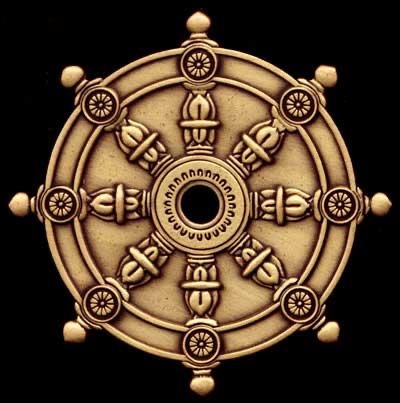
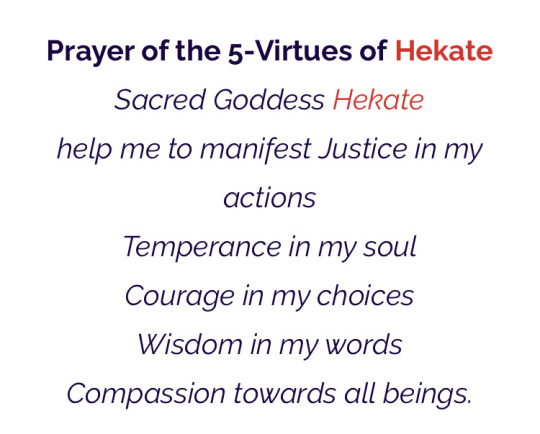
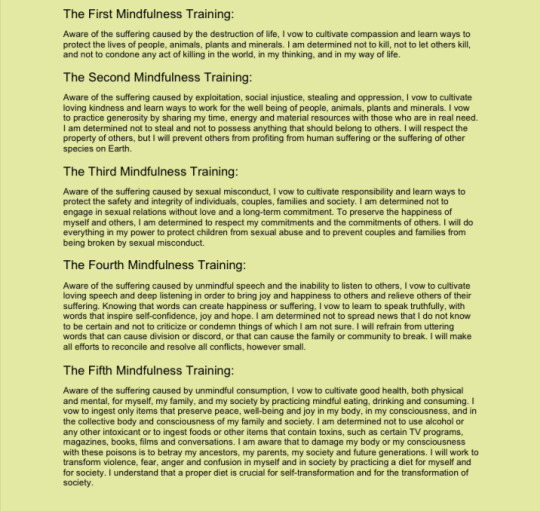

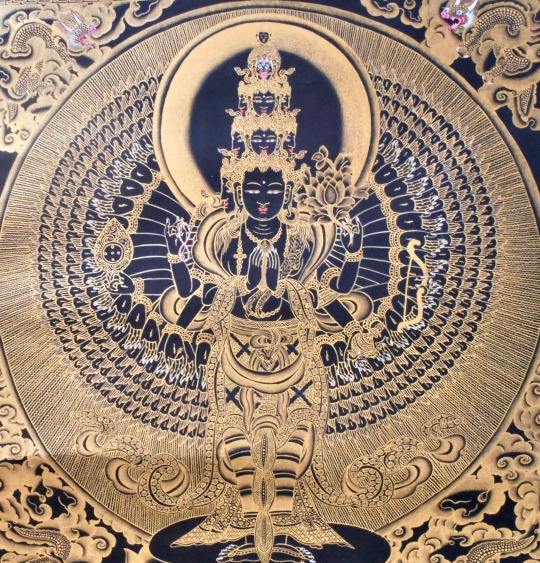
I’ve just been thinking a lot about cycles recently. As a devotee of Hekate and as a member of the Covenant of Hekate, I try my best every day to follow the 5 Virtues.
But today it just struck me how similar the 5 Virtues are to the 5 Mindfulness Trainings of Tibetan Zen Buddhist monk Thich Nhat Hanh.
I was first introduced to Thay when I was 16 and in the deepest depression of my life. His teachings on Zen Buddhism helped me so much, and I feel, led me to Hekate in my spiritual journey now in my 30’s.
The stropholos and the Wheel of Dharma just resonate to me in a complimentary way. And the Ancient Greeks did have a similar stance on reincarnation to Buddhism at least through a few mystery cults. I know that they are not perfectly parallel or syncretic, but I think the boddhisatva Avalokiteshvara and goddess Hekate are a good balance to each other.
We do know that there was cross-cultural blending through the representation of Greco-Buddhist art primarily in Gandhara (parts of modern day Pakistan and Afghanistan).
I was wondering if there are any others here who also follow an eclectic spiritual path?
13 notes
·
View notes
Text

Golden Thousand-Armed Kannon statue
(黄金の千手観音像)
Of course, it is not pure gold, but gilt. I got this Senju Kannon a long time ago.
At the time I got it, it didn't stand up on its own (it probably came with a special stand and Zushi-cabinet, but it was missing), so I lost interest in it and put it away.
Recently, I took it out, I was once again impressed by the intricate and exquisite carving or casting.
I wonder how it was made. I wonder if each arm was made by molding and carving, and then fitted into each arm one by one.
Or was the whole thing made in one mold and then add detailed carvings later?
The face of the Kannon, made of jade, is also well carved with half-open eyes.
Furthermore, the metal covering around the face must have required a high level of skill.
I don't know the exact year, but I suspect it is from the Qing dynasty.
Unfortunately, the front two arms are missing. But they're only two of the thousand arms. lol
The thousand-armed Kannon saves people with a thousand hands and a thousand eyes.
May the compassion of the Buddha gently surround you.
8 notes
·
View notes
Text
Chanting The Kannon Sutra
Chapter 25 of the Lotus Sutra is a popular devotional text in East Asian Buddhism. It is often referred to as the “Avalokiteśvara Sutra”, or kannongyō (観音経) in Japanese, or formally the kanzeon bosatsu fumonbongé (観世音普門品偈, “Chapter on the Universal Gate of Kanzeon Bodhisattva”). Despite the name, it is not a stand-alone text, but simply a famous chapter in the larger Lotus Sutra. This particular…
View On WordPress
#Buddhism#Japan#Kannon#Liturgy#Religion#Shingon#Tendai#Zen#mahayana#lotus sutra#avalokitesvara#guanyin
3 notes
·
View notes
Photo

Nyoirin Kannon (Cintāmaṇicakra), 14th century
Kamakura period, Japan
Hanging scroll; ink and colors on silk H 87.5, W 46.2
Collection of the Nara National Museum
#cintamani#nyoirin#kannon#cintamanicakra#Avalokitesvara#Buddhism#figure#iconography#14th century#kamakura period#Japanese#Nara National Museum#painting#art#art history
9 notes
·
View notes
Text

The sculpted main image of Nyoirin Kannon Bodhisattva (如意輪観音菩薩) dating to the Kamakura period (1185-1333) at Zuishin'in Temple (隨心院) in Kyoto, usually not visible to the general public but on display during a special spring unveiling in March 2025
Image from the temple's official website
#japanese art#buddhist art#arte japonés#arte budista#京都#kyoto#隨心院#zuishinin#如意輪観音菩薩#如意輪観音#nyoirin kannon#観音菩薩#観音#kannon#avalokitesvara#真言宗#shingon
26 notes
·
View notes
Text

"Those who wish to attain supreme enlightenment in a man's body are many, but those who wish to serve the aims of beings in a woman's body are few indeed; therefore may I, until this world is emptied out, work for the benefit of sentient beings in a woman's body."
~ Tara
#green tara#buddha#buddhist#buddhism#dharma#sangha#mahayana#zen#milarepa#tibetan buddhism#thich nhat hanh#avalokitesvara#amitaba buddha#enlightenment spiritualawakening reincarnation tibetan siddhi yoga naga buddha#tantra
30 notes
·
View notes
Photo

Guanyin is short for Guanshiyin, which means "[The One Who] Perceives the Sounds of the World." #kannon #guanyin #avalokitesvara https://www.instagram.com/p/CqoKEMgPO0f/?igshid=NGJjMDIxMWI=
8 notes
·
View notes
Text
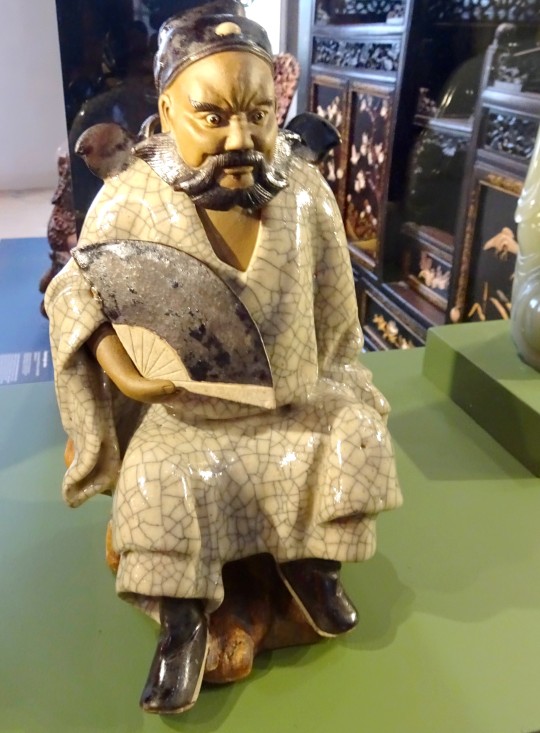

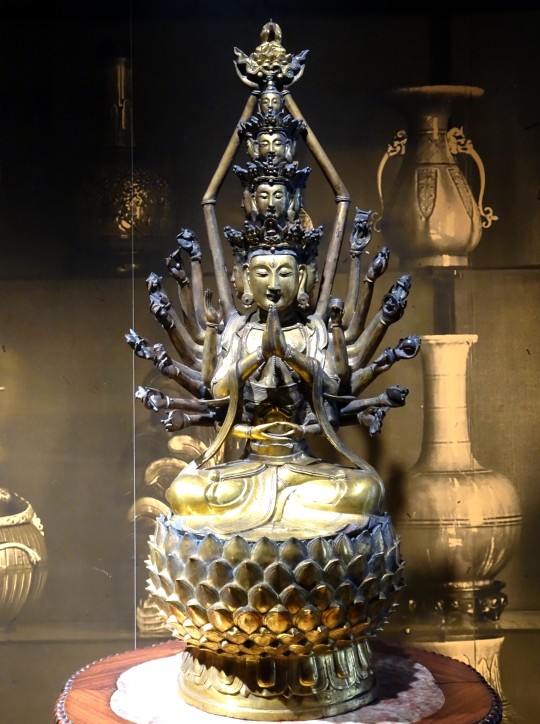
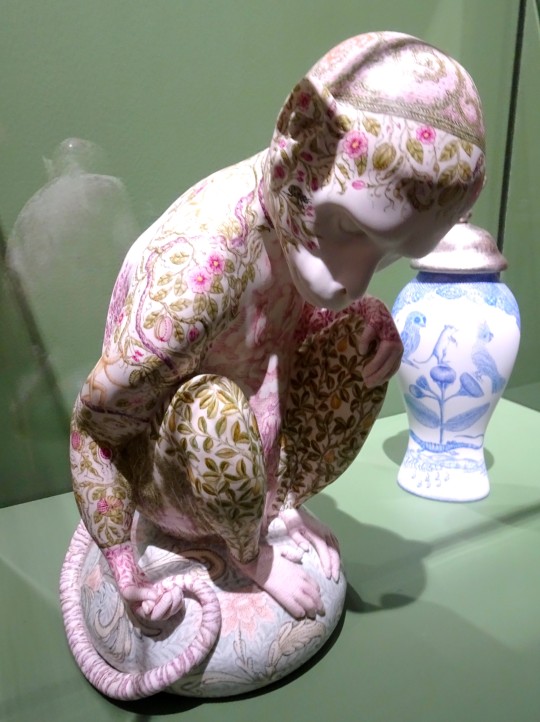



Marseille. Au musée Borély, musée des Arts Décoratifs, de la Faïence et de la Mode, il y a actuellement une expo très intéressante : "L'Asie Fantasmée", montrant comment , au XVIIIe et au XIXe s. , la France (et l'Europe), voyaient et surtout imaginaient les empires d'Orient, Chine, Japon et Empire Ottoman entre autres, avec parfois une réciprocité étonnante.
Zhong Kui, dieu de la littérature - Guangdong, Chine Ming ou Qing
"Han Zhongli" - Théodore Heck, fin XIXe s.
Ekadasamukha Avalokitesvara, boddisattva de la Compassion - Chine Ming, 1360-1640
"Harold" - Robin West, 2016
service à tisanière - Marseille, fin XVIIIe s.
aiguière couverte - Marseille, 1730-1760
brûle-parfum tripode avec dragon et phénix en anses - Chine Qing, fin XIXe s.
#marseille#musée borély#musée des arts décoratifs de la faïence et de la mode#faïence#expo#l'asie fantasmée#chine#empire qing#qing#empire ming#ming#mythologie#divinité#zhong kui#guangdong#han zhongli#théodore heck#ekadasamukha#avalokitesvara#boddhisattva#compassion#singe#robin west#tisanière#faïence de marseille#aiguière#brûle-parfum#dragon#monstre
4 notes
·
View notes

